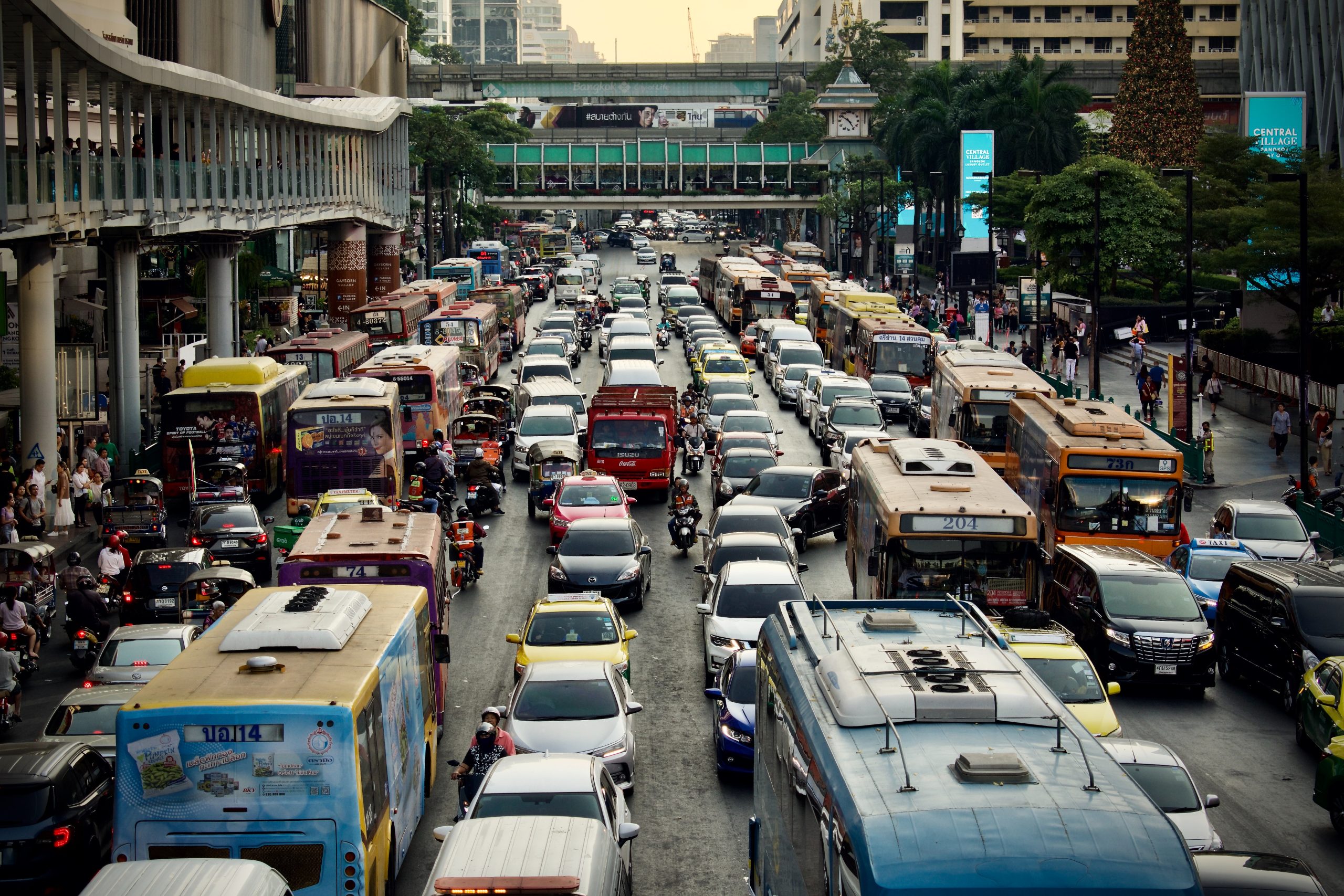In a rapidly urbanizing world, where congestion, pollution, and limited resources are growing concerns, the role of efficient and well-structured public transportation systems cannot be overstated. India, with its diverse population and burgeoning urban centers, stands to gain immensely from embracing and enhancing its public transport infrastructure. Beyond simply moving people from one place to another, public transport has multifaceted benefits that touch upon the economic, environmental, social, and even health aspects of the nation. In this article, we delve into the transformative benefits of public transport in India.
- Reduced Traffic Congestion:
India’s major cities grapple with nightmarish traffic congestion, resulting in wasted time, increased fuel consumption, and heightened stress levels for commuters. Robust public transport systems can significantly alleviate this congestion by encouraging more people to opt for trains, buses, and metros instead of private vehicles. The more individuals shift to public transport, the fewer vehicles clutter the roads, leading to smoother traffic flow and shorter travel times.2. Environmental Sustainability:
India’s battle against air pollution is well-documented, with vehicle emissions being a primary contributor. Public transport, particularly electric buses, and trains, offers a sustainable solution by reducing the carbon footprint associated with private vehicle usage. Electric or hybrid buses emit significantly fewer pollutants and greenhouse gases, leading to improved air quality and a healthier environment for all citizens.3. Economic Savings:
Owning and maintaining a private vehicle can be an expensive endeavor, particularly when factoring in fuel costs, parking fees, insurance, and maintenance. Public transport, on the other hand, offers a more cost-effective alternative. The money saved on transportation expenses can be redirected toward other essential needs, thereby contributing to individual financial stability and overall economic growth.4. Social Inclusivity:
Public transport is a great equalizer, bridging the gap between different socio-economic classes. It provides affordable and accessible mobility options for all, regardless of income level. This inclusivity enhances social cohesion and reduces the disparities between different sections of the population. Additionally, it benefits marginalized groups who may lack access to private vehicles, ensuring that they can partake in education, employment, and recreational opportunities.5. Urban Development:
Cities with well-developed public transport systems tend to experience more organized and sustainable growth. Public transport networks influence urban planning, leading to well-connected communities, reduced urban sprawl, and better land use. As cities expand, efficient public transport can help manage the influx of people and reduce the strain on existing infrastructure.6. Employment Opportunities:
The creation of public transport systems generates a multitude of employment opportunities, ranging from drivers and conductors to maintenance staff, engineers, and administrative personnel. These job opportunities contribute to local economies and provide a source of livelihood for many individuals. Moreover, a reliable public transport system can enable people to access employment centers more easily, expanding the pool of available job opportunities.7. Health and Well-being:
Public transport encourages physical activity as it often involves walking to and from transit stations. Incorporating more walking into daily routines can have positive effects on public health, reducing the prevalence of sedentary lifestyles and related health issues. Furthermore, by decreasing the number of vehicles on the road, public transport indirectly contributes to reduced road accidents, making streets safer for pedestrians and cyclists.8. Reduced Energy Consumption:
The efficiency of public transport, particularly rail systems, often surpasses that of private vehicles in terms of energy consumption per passenger mile. This efficiency stems from the ability to carry a larger number of passengers in a single vehicle. As India seeks to manage its energy resources more sustainably, promoting public transport can play a pivotal role in reducing overall energy consumption.9. Cultural Advancement:
Public transport hubs often become vibrant spaces where people from diverse backgrounds intersect. These interactions contribute to cultural exchange and mutual understanding. Moreover, public transport exposes individuals to different parts of their cities, enabling them to explore and appreciate the cultural diversity that India offers.10. Government Savings and Revenue Allocation:
Investing in public transport can lead to reduced government spending on road maintenance, as fewer vehicles on the road result in lower wear and tear. Additionally, revenue generated from public transport operations, such as ticket fares and advertising, can be reinvested into improving the infrastructure and services.
In conclusion, the benefits of public transport in India extend beyond mere convenience; they touch upon crucial aspects of modern living, from environmental sustainability and economic growth to social inclusivity and individual well-being. As India continues its journey toward becoming a global powerhouse, a well-designed and efficiently operated public transport system stands as a foundation for progress. By fostering a culture that embraces public transport, India can unlock a future where cities are more livable, citizens are healthier, and the nation takes significant strides toward a more sustainable and prosperous future.



